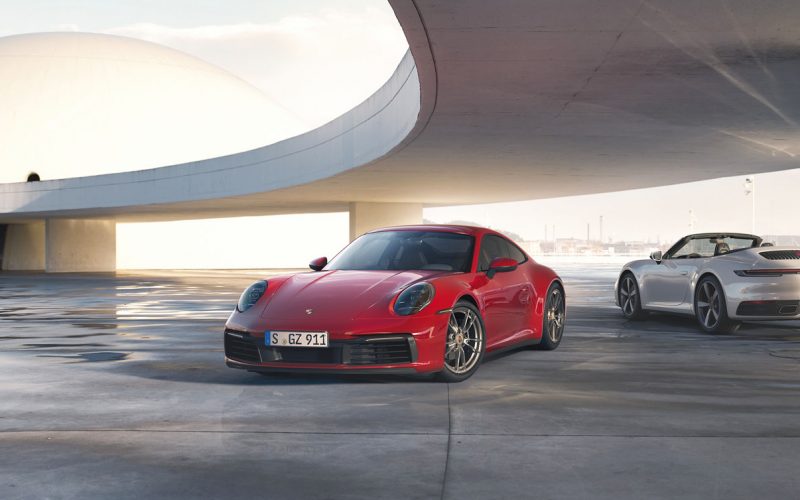
Reading Time: 4 minutes“Winter temperatures, precipitation, and snowfall will be above normal,” says The Old Farmer’s Almanac in this
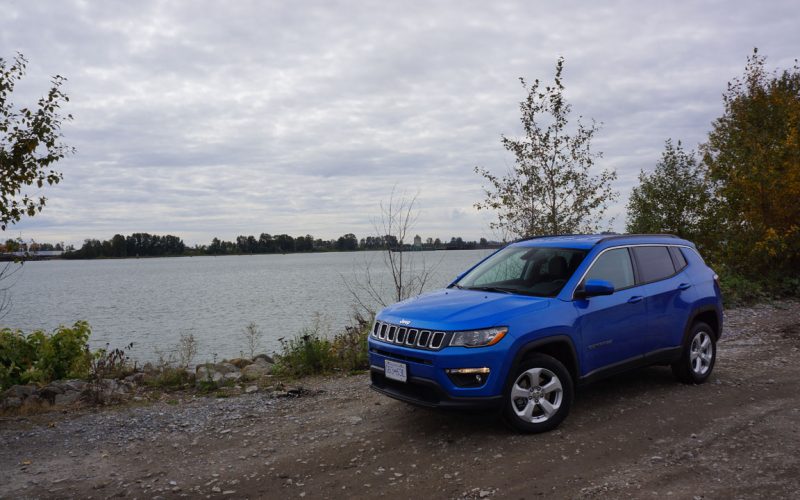
Reading Time: 10 minutesWhen I first heard Jeep was about to can the Patriot and keep the Compass I
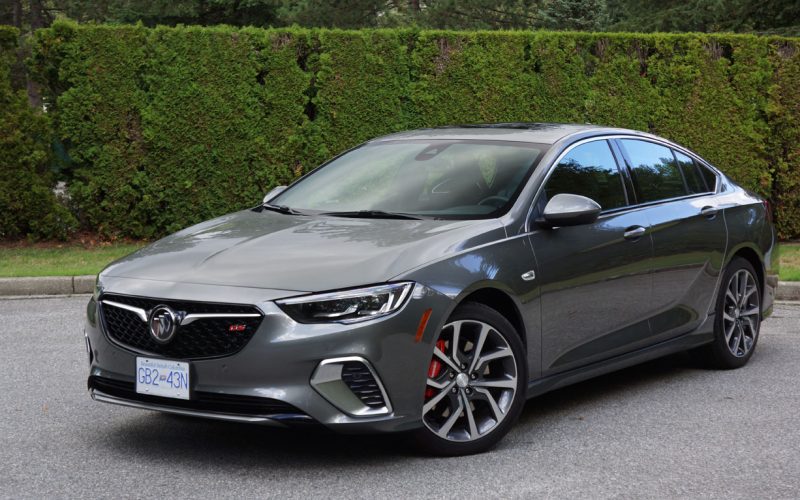
Reading Time: 9 minutesIf you like the looks of this stylish mid-size sport sedan you can breathe a sigh
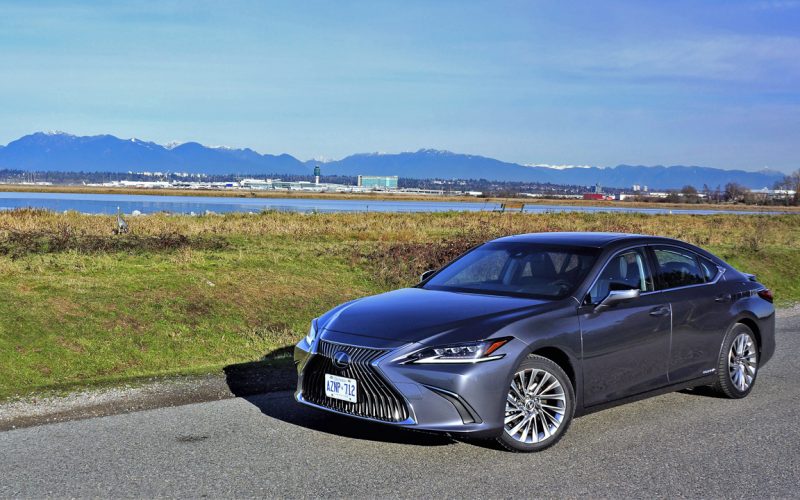
Reading Time: 13 minutesLexus’ ES has come a long way in 30 years. Yes, 2019 marks three decades of
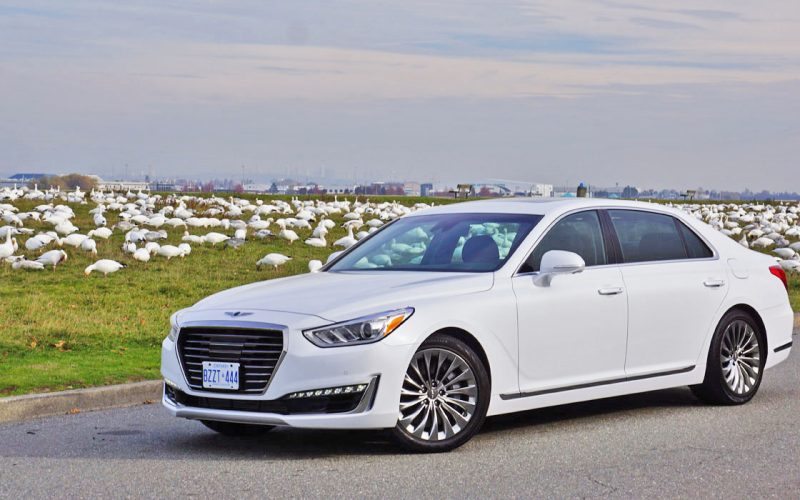
Reading Time: 11 minutesRemember the Hyundai Equus? No? If I hadn’t borrowed one from a local dealer to use
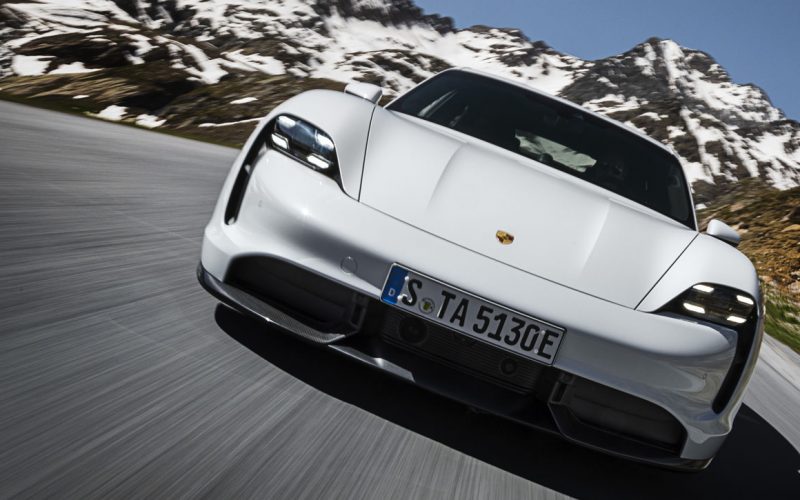
Reading Time: 8 minutesFew cars have been anticipated as enthusiastically as the all-electric Porsche Taycan, and now the 2020
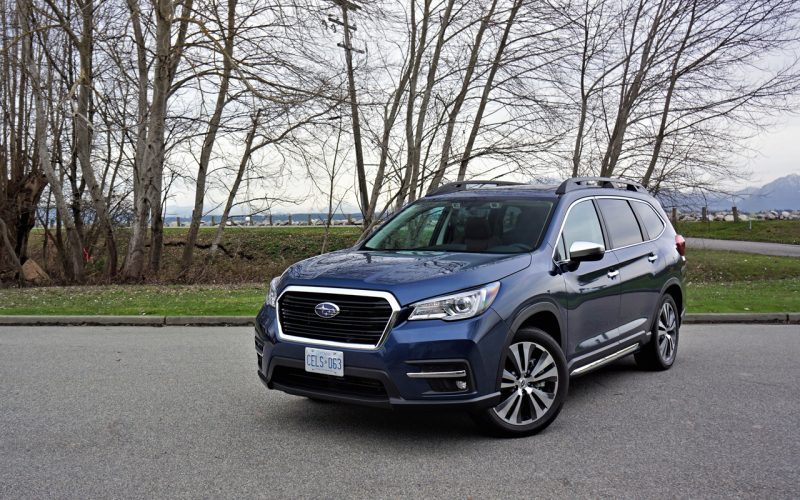
Reading Time: 14 minutesThe mid-size crossover SUV segment has more than blown wide open in recent years, with every
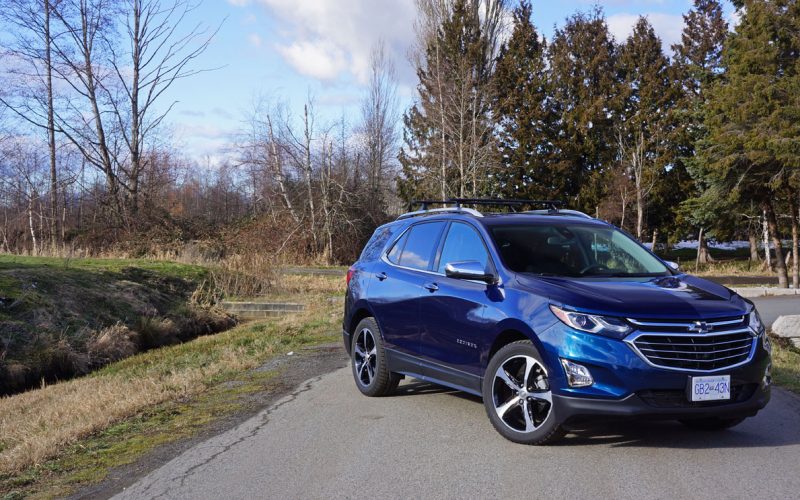
Reading Time: 12 minutesA diesel in a compact crossover SUV? Now that’s marching to a different drummer. In fact,
© 2025 The Car Magazine. All Rights Reserved, Privacy Policy | Terms of Use